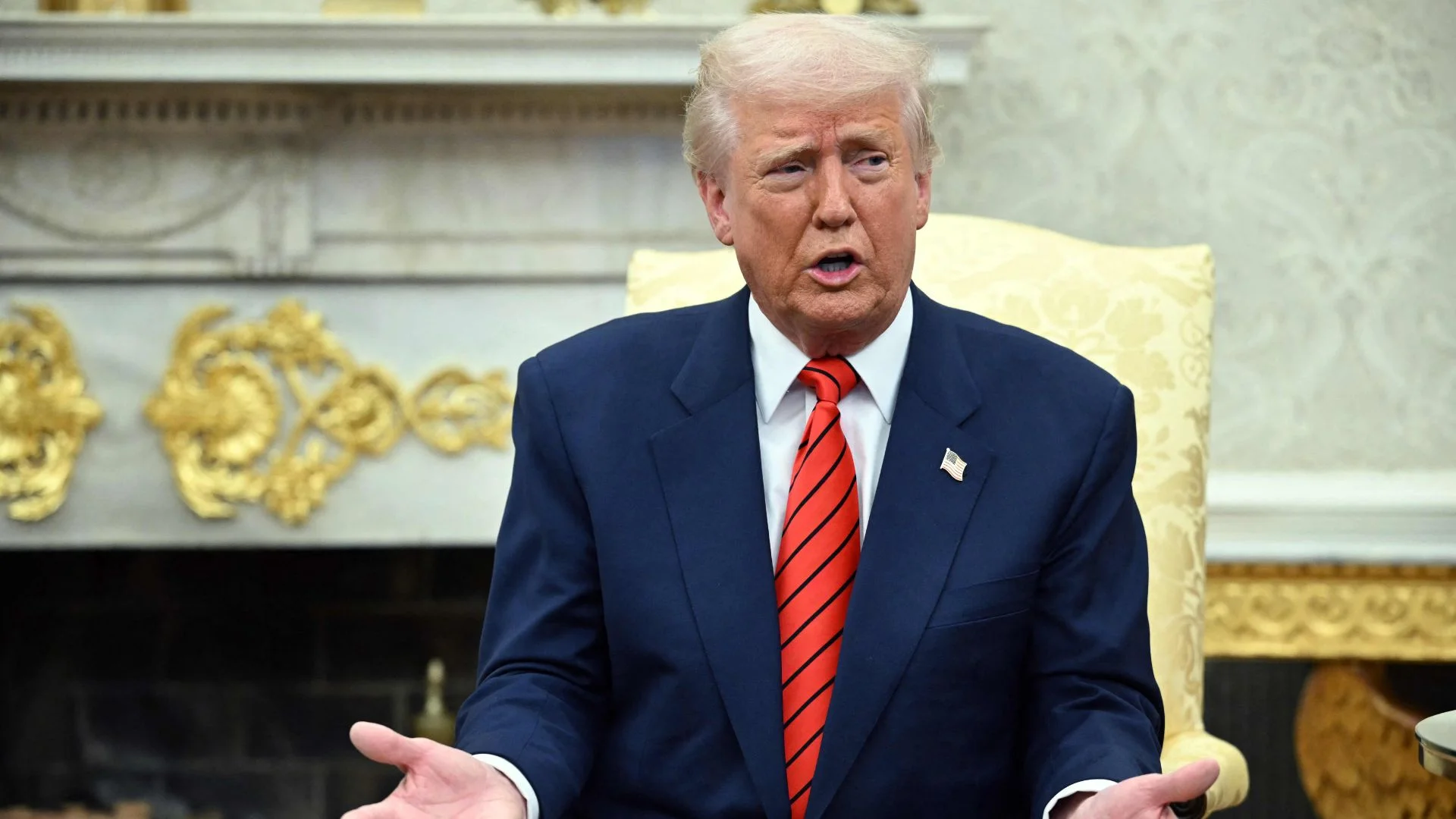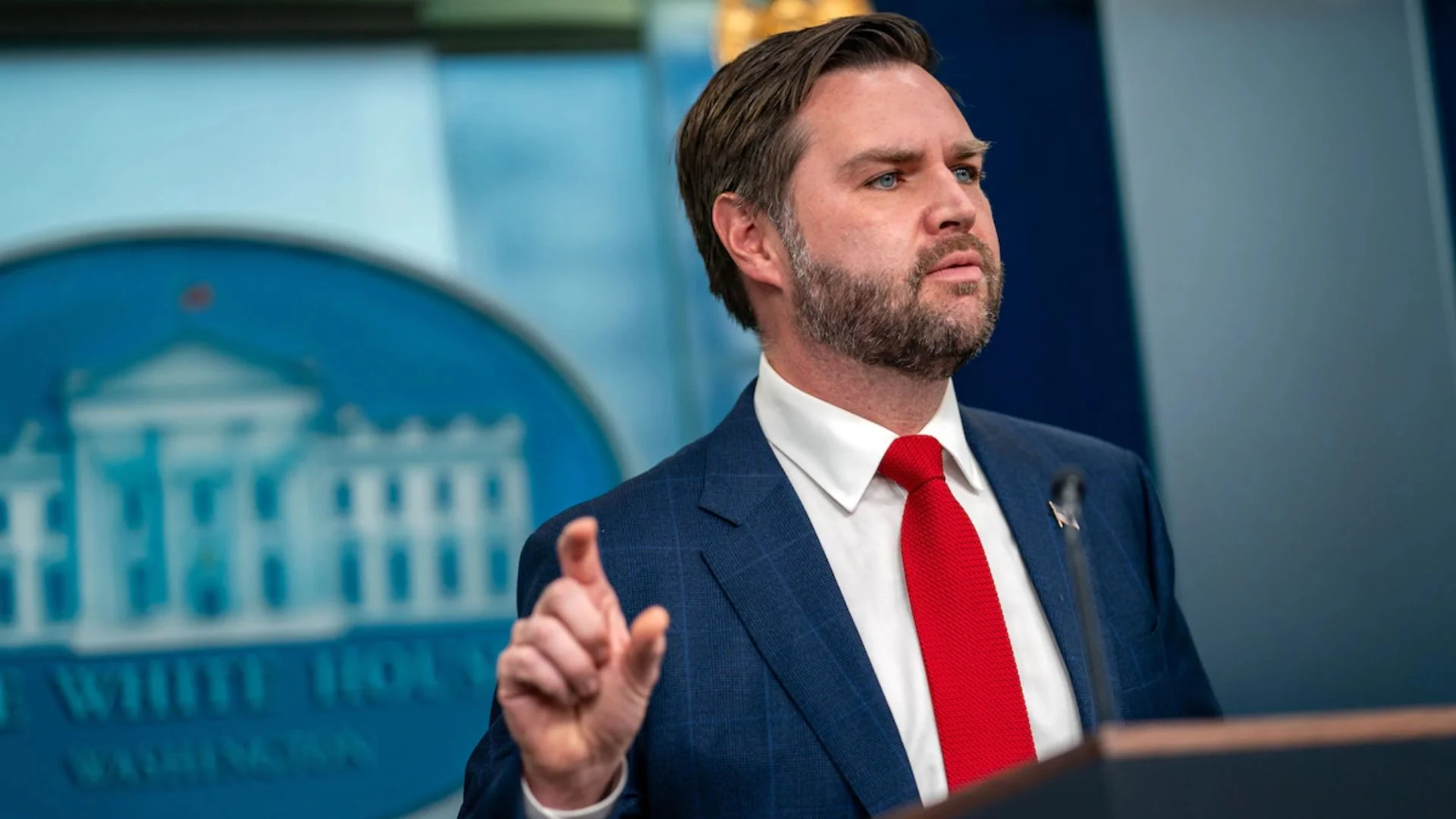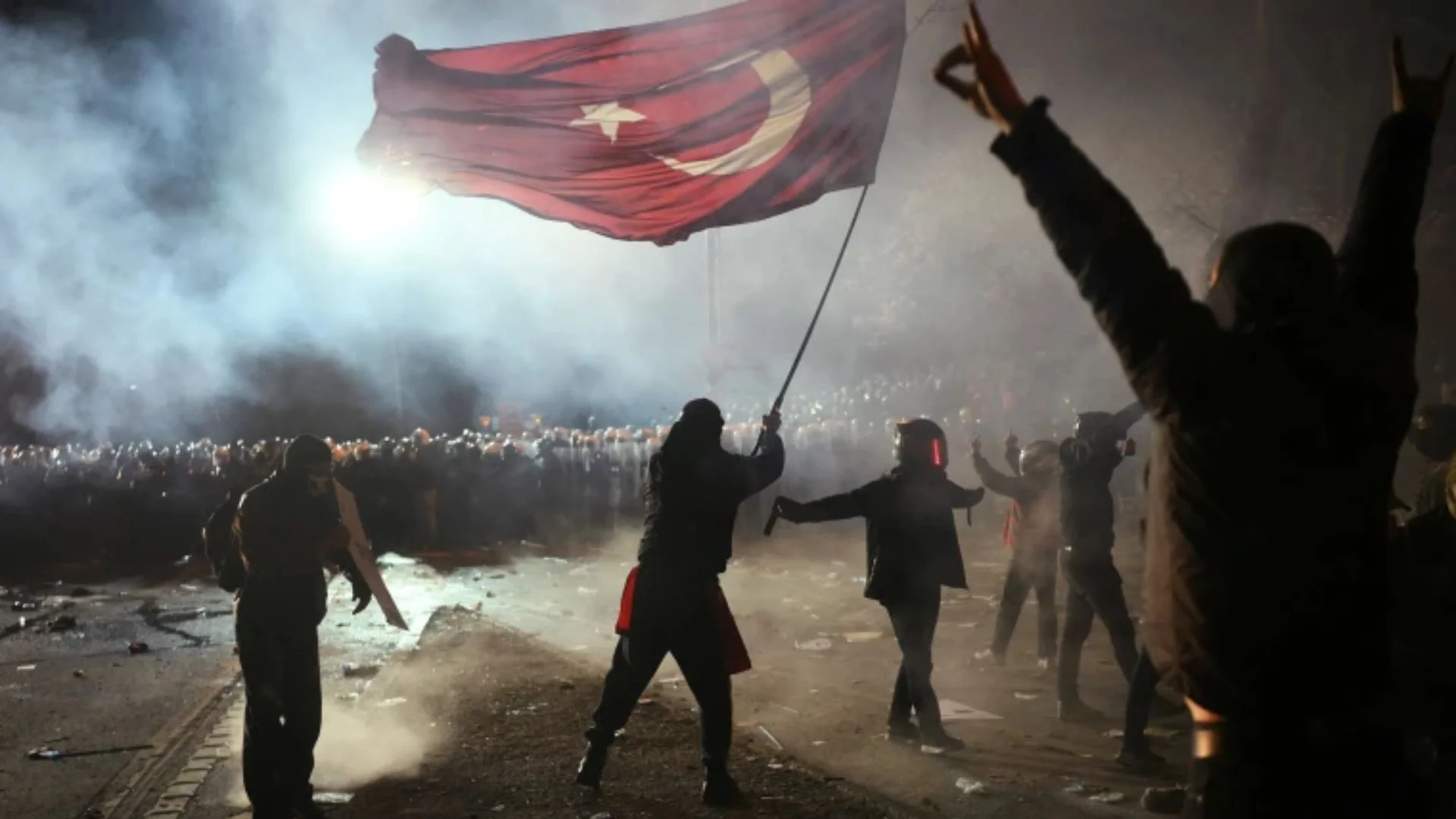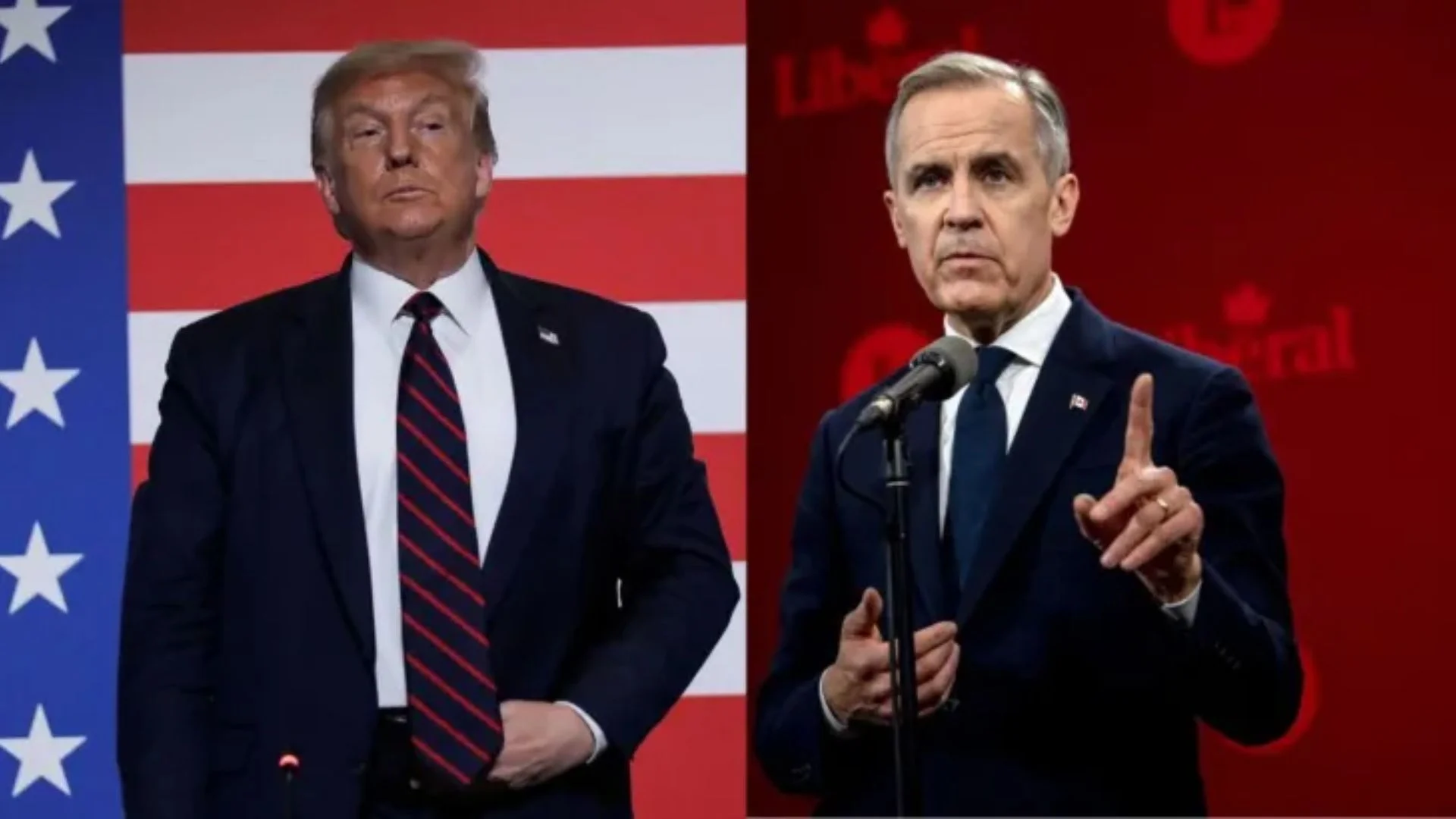US Defence Secretary Pete Hegseth has instructed senior Pentagon and military officials to draft plans for an 8% reduction in defence spending per year over the next five years, according to a report from The Washington Post citing a memo and sources familiar with the matter. The directive, which is expected to encounter significant resistance both internally and from Congress, could result in tens of billions of dollars in budget reductions annually.
Deadline Set for Budget Cut Proposals
The memo directs officials to submit their proposed reductions by February 24. However, the Trump administration has outlined 17 spending categories that will be exempt from the cuts. Key areas protected from reductions include border security operations, nuclear weapons and missile defence modernisation, as well as the procurement of one-way attack drones and munitions.
If implemented, the initiative aims to trim approximately $68 billion from the current $850 billion military budget over the next five years. Despite these reductions, the plan maintains full funding for strategic commands such as Indo-Pacific Command, Northern Command, and Space Command. However, European Command, Central Command, and Africa Command are notably absent from the list of protected areas, raising concerns about the future of US operations in Ukraine, the Middle East, and Africa.
Focus on Efficiency and Cost Reduction
Hegseth’s memo emphasized the administration’s approach of achieving “peace through strength” while eliminating unnecessary expenditures. This initiative aligns with efforts by the Department of Government Efficiency (DOGE), which has been working alongside the Department of Defense to streamline operations and cut excess costs.
Beyond the defence sector, DOGE is also conducting reviews of other federal agencies to identify potential savings while maintaining overall governmental efficiency. As the Pentagon moves forward with its cost-cutting strategy, opposition from lawmakers and military leaders is expected, particularly regarding the impact on national security and global military commitments.






















